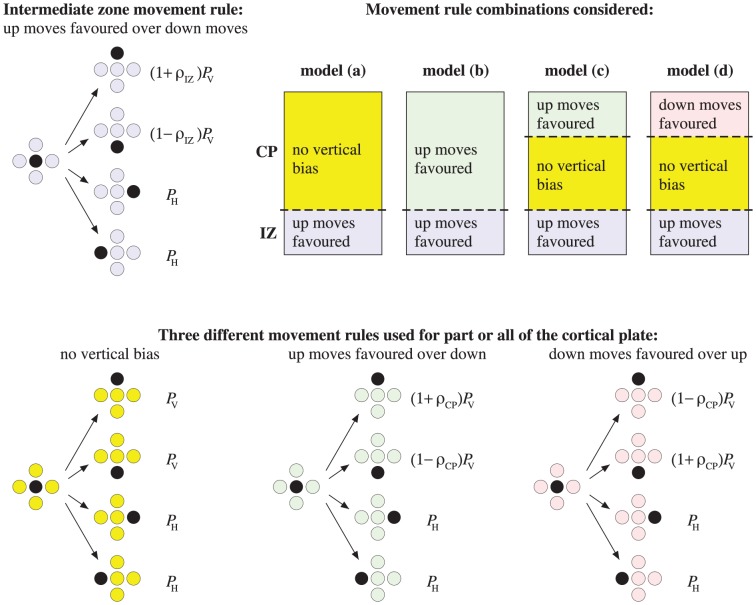Figure 3. Schematic diagram showing examples of movement rules for motile neuron agents in the IZ and CP.
Allowed moves are up, down, left, right. The probability that a vertical move is attempted (either up or down) is  , while the probability that a horizontal move is attempted (either left or right) is
, while the probability that a horizontal move is attempted (either left or right) is  , where
, where  . We take
. We take  , so that vertical moves in either direction are much more frequent that horizontal moves. For each movement rule illustrated, the motile agent (black) attempts one of the four possible moves with the probability shown. In the IZ, agents have a constant bias parameter
, so that vertical moves in either direction are much more frequent that horizontal moves. For each movement rule illustrated, the motile agent (black) attempts one of the four possible moves with the probability shown. In the IZ, agents have a constant bias parameter  . In the CP, the parameter
. In the CP, the parameter  is used to quantify the extent of relative preference between up and down moves. Four movement mechanisms are considered: (a) random movement with no preferred vertical direction throughout the CP; (b) a spatially uniform upward bias (e.g., due to a constant chemotactic gradient) throughout the CP; (c) no preferred vertical direction close to the intermediate zone, but a short-range bias towards Layer I for neurons within a distance
is used to quantify the extent of relative preference between up and down moves. Four movement mechanisms are considered: (a) random movement with no preferred vertical direction throughout the CP; (b) a spatially uniform upward bias (e.g., due to a constant chemotactic gradient) throughout the CP; (c) no preferred vertical direction close to the intermediate zone, but a short-range bias towards Layer I for neurons within a distance  of Layer I (corresponding to a local attractive signal as Layer I is approached); (d) no preferred vertical direction close to the intermediate zone, but a short-range bias away from Layer I for neurons within a distance
of Layer I (corresponding to a local attractive signal as Layer I is approached); (d) no preferred vertical direction close to the intermediate zone, but a short-range bias away from Layer I for neurons within a distance  of Layer I (corresponding to a local repulsive signal as Layer I is approached).
of Layer I (corresponding to a local repulsive signal as Layer I is approached).

